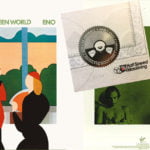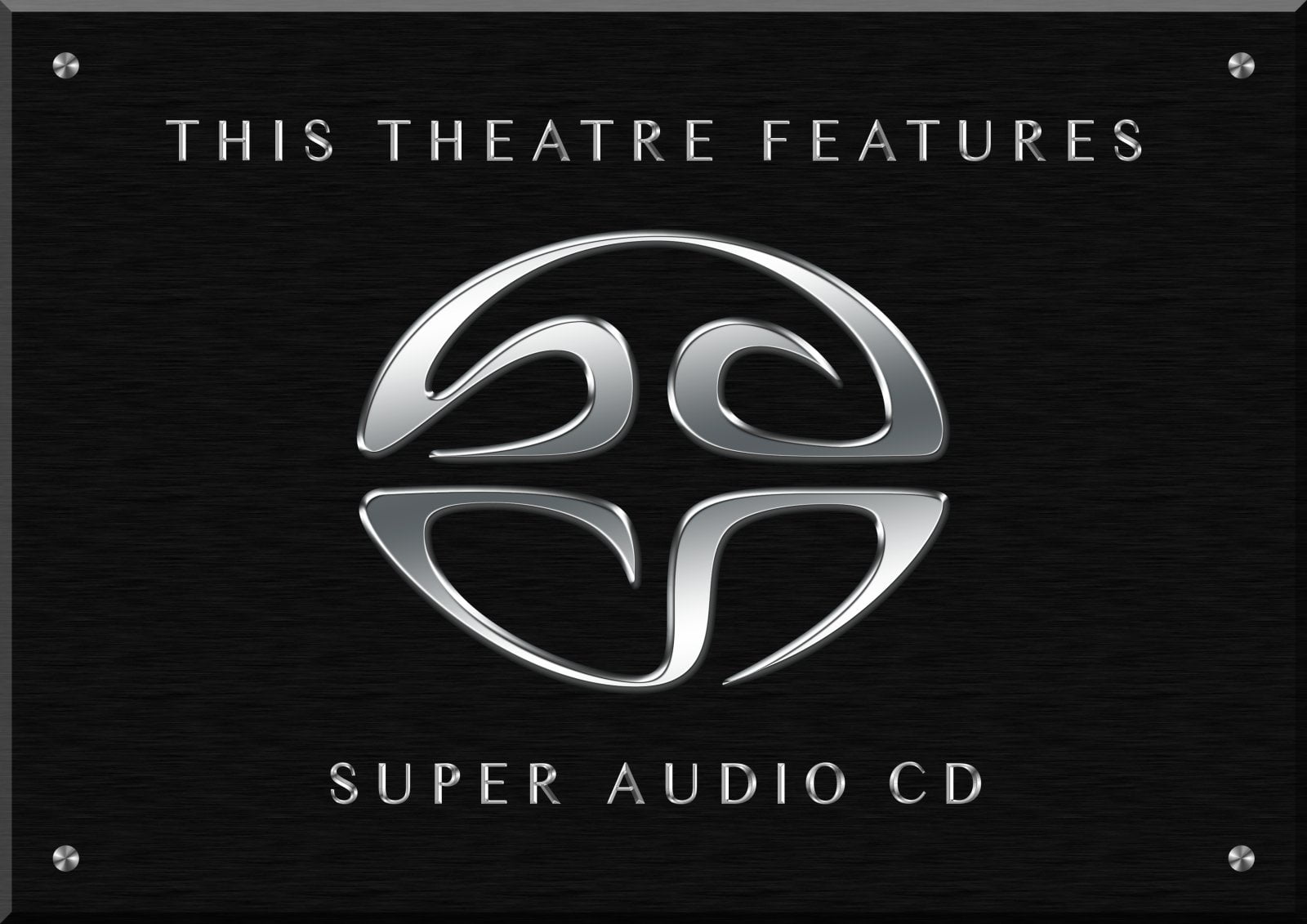It’s the time of year for saving money!
Last time, in Part 3 of this series about phono reproduction and how it works, I wrote about magnetic phono cartridges and the two very real advantages they offered over the crystal and ceramic cartridges that had preceded them — better sound and increased record life.
 To a large degree, both of these came about as the beneficial, but unintended, consequences of something completely different that the recording industry was trying to achieve: longer playing time.
To a large degree, both of these came about as the beneficial, but unintended, consequences of something completely different that the recording industry was trying to achieve: longer playing time.
The 10 inch, 78 rpm record that replaced the earlier cylinder recordings had a maximum playing time of only about three minutes, and even the 16 inch “transcription” discs used by the radio broadcast networks for delivering recorded program material to their member or affiliate stations could only hold about 15 minutes of programming per side, even at 33 1/3 rpm, the standard (after 1930) speed for transcription recording.
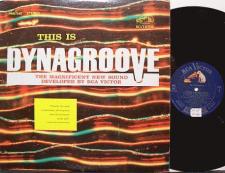 What the recording industry wanted and finally achieved was a record of usable size that could hold a full half-hour, or even somewhat more, on a single side of one disc. To get this, one of the first things they tried doing was to drop the recording speed from 78 rpm to the “transcription” standard of just 33 1/3 rpm. That certainly increased the playing time, but not enough to meet their goals. To get more playing time, the groove had to be longer (more groove length at any speed means more playing time), and given any fixed disc size, the only way to make the groove longer was to have it take up less of the available space per each unit of groove length. That meant two things: The groove had to be narrower (less distance between the two sides of the “V” of the groove), and the sections of the groove adjoining each other had to be closer together.(Less “land” between the cut sections). A number of other techniques, notably “Dynagroove”, and variable-pitch groove spacing were also developed that, either by electronic adjustment of the signal to be recorded or by physically varying the space between groove segments in response to the frequency and dynamics of the music being recorded, allowed for packing more groove into the same space and thereby added more recording time.
What the recording industry wanted and finally achieved was a record of usable size that could hold a full half-hour, or even somewhat more, on a single side of one disc. To get this, one of the first things they tried doing was to drop the recording speed from 78 rpm to the “transcription” standard of just 33 1/3 rpm. That certainly increased the playing time, but not enough to meet their goals. To get more playing time, the groove had to be longer (more groove length at any speed means more playing time), and given any fixed disc size, the only way to make the groove longer was to have it take up less of the available space per each unit of groove length. That meant two things: The groove had to be narrower (less distance between the two sides of the “V” of the groove), and the sections of the groove adjoining each other had to be closer together.(Less “land” between the cut sections). A number of other techniques, notably “Dynagroove”, and variable-pitch groove spacing were also developed that, either by electronic adjustment of the signal to be recorded or by physically varying the space between groove segments in response to the frequency and dynamics of the music being recorded, allowed for packing more groove into the same space and thereby added more recording time.
Making the groove narrower meant that a new, smaller, stylus tip had to be developed to fit into it. That smaller tip meant greater tracking force per square inch (See Part 3 of this series), which meant either greater record wear or finding a new material for the records that would be more durable than the shellac then-used. Or it might mean greatly lowering the tracking force of the cartridge used for playback. In the end, both a new material (vinyl), and lower tracking force (which required the new, higher compliance, magnetic cartridges to achieve), became standard and, as a pure “extra”, records gained both better sound (including lowered “surface noise”) and considerably greater longevity.
 As is usually the case, though, even despite the obvious, gains, there were also some losses. For one thing, as I’ve already said, the new magnetic cartridges had very much less output than their crystal and ceramic predecessors. That meant that new kinds of electronics were required (outboard “pre-amplifiers” or additional amplifier gain stages, both with suitable equalization) to use them. And, with better electronics came the ability to hear the better high frequency response of the new cartridges, which brought about ― both for better tracking of tiny very-high-frequency groove modulations and to further enhance record life ― new stylus shapes.
As is usually the case, though, even despite the obvious, gains, there were also some losses. For one thing, as I’ve already said, the new magnetic cartridges had very much less output than their crystal and ceramic predecessors. That meant that new kinds of electronics were required (outboard “pre-amplifiers” or additional amplifier gain stages, both with suitable equalization) to use them. And, with better electronics came the ability to hear the better high frequency response of the new cartridges, which brought about ― both for better tracking of tiny very-high-frequency groove modulations and to further enhance record life ― new stylus shapes.
If you’ll stop to think about it, you’ll see that the calculations that I included in Part 3 of this series were, while correct, meaningless: Even though they showed the typical modern stylus tracking at just 2 grams to exert an actual tracking pressure of 4 ½ tons, they were still far short of accurate:
In reality, when a (conical) stylus is riding in a groove, it may actually have as little as only 2 points of contact to support it and to bear its entire effective weight. For example, if the stylus tip has a side curvature [U = side view of tip] different from the shape of the groove walls [V = side view of groove], it will make contact with the groove walls at only one point on each side of the stylus tip, and have neither contact nor support in front of or behind it, ( >I○I< ) and none beneath it, at the bottom of the groove.
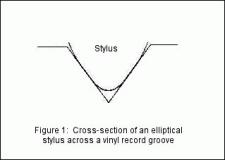 Given that a “point” in geometry has no dimensions and is treated as infinitesimally small, that could mean that those two “points” of contact are each bearing an infinite load, which is, of course impossible. That being the case, let’s simply say, instead, that the actual load on each contact point is at least many times greater than the 4 ½ tons previously calculated, and leave it at that.
Given that a “point” in geometry has no dimensions and is treated as infinitesimally small, that could mean that those two “points” of contact are each bearing an infinite load, which is, of course impossible. That being the case, let’s simply say, instead, that the actual load on each contact point is at least many times greater than the 4 ½ tons previously calculated, and leave it at that.
The problem of massive tracking force still exists, though, and many thoughtful and talented designers have tried to counter it. Put most simply, the better the shape of the rock (in this case a diamond stylus) you drag across your plastic to make sound, the better the sound will be and the longer your records will last.
So where to start? Obviously the theoretically dimensionless “points” of geometry don’t really exist and the actual points where the stylus tip makes contact with the groove do have some real dimension. That being so, the easiest way to reduce the effective tracking force on the record and on the stylus, itself, is to increase the area of contact between them. This can be increased considerably from the earlier described two point minimum, and for each time it’s doubled, the effective tracking force will be halved.
It should be apparent that the maximum possible contact area will already have been achieved between the groove and the cutting stylus that actually cut it. So why not use a cutting stylus for playback? There’s just one problem; cutting styli cut, and to try to use one for playback could very quickly ruin the record. Obviously some kind of a compromise is called for to produce a stylus shape that will give both greater contact area and improved groove and stylus longevity.
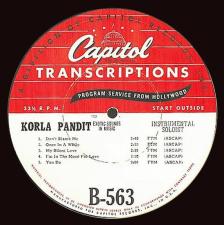 A number of such compromise stylus shapes have been tried. Among the earliest and most successful was the elliptical stylus which, instead of having a round “footprint”, was shorter from front to back than from side to side, and, with straighter sides and a more pointed side view, more closely matched the V of the groove, making contact not just at one point on each side of the stylus, but along a line of contact equal to a significant portion of the depth of the groove on each side. This not only gave greater contact area, to reduce the effective loads on both the record and the stylus, but improved high-frequency playback by allowing the stylus to ride deeper in the groove and to fit into and track smaller (higher frequency) groove modulations (“wiggles”).
A number of such compromise stylus shapes have been tried. Among the earliest and most successful was the elliptical stylus which, instead of having a round “footprint”, was shorter from front to back than from side to side, and, with straighter sides and a more pointed side view, more closely matched the V of the groove, making contact not just at one point on each side of the stylus, but along a line of contact equal to a significant portion of the depth of the groove on each side. This not only gave greater contact area, to reduce the effective loads on both the record and the stylus, but improved high-frequency playback by allowing the stylus to ride deeper in the groove and to fit into and track smaller (higher frequency) groove modulations (“wiggles”).
Later stylus shapes including the brilliant designs from Van den Hul and Shibata even more closely approximated the shape of a cutting stylus (I<>I ) and gave even more contact area; even more groove and stylus life; and potentially even better high frequency response. The shapes of some of these so closely resembled that of a cutting stylus, though, that unless they were set-up by experts, absolutely perfectly, they could actually put both sound quality and record wear at risk. For that reason and others, the most often-used stylus shape for modern phono cartridges is still the elliptical, and the more exotic shapes tend to be reserved for equally exotic and often very expensive cartridges that seek to approach or even advance the state of the art.
I’ll have more for you next time, but, for now, I’m out of space.
See you then!

